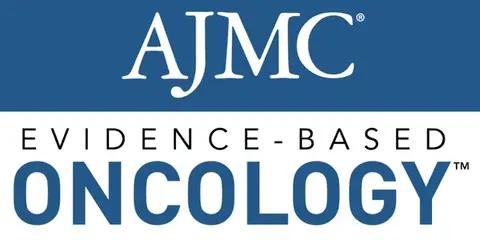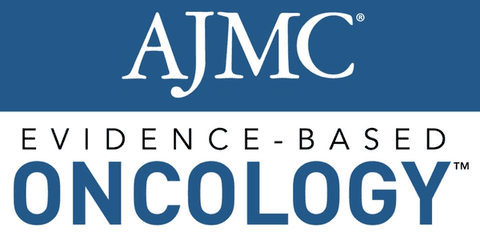Article
5 Takeaways From the AMCP Annual Meeting
Author(s):
At the Academy of Managed Care Pharmacy (AMCP) Annual Meeting, held March 27-30, 2017, in Denver, Colorado, the cost of healthcare was on everyone’s minds and was a common thread in most sessions.
At the Academy of Managed Care Pharmacy (AMCP) Annual Meeting, held March 27-30, 2017, in Denver, Colorado, the cost of healthcare was on everyone’s minds and was a common thread in most sessions.
Here are 5 key takeaways from the meeting. (Click here for all of our AMCP coverage.)
1. Value frameworks were on people’s minds
AMCP sees value frameworks as a tool that can help with the formulary decision making process, explained Susan A. Cantrell, RPh, CAE, CEO of AMCP. At the annual meeting in Denver, there were a number of sessions th discussed value frameworks and how they are being used.
However, it is important to note that these frameworks are still in their infancy.
“We know that as far as we’ve seen, there’s not one value framework out there that’s perfect and so as these value frameworks continue to evolve, one thing that’s important is that they follow principles that have been set out by other organizations—especially the National Pharmaceutical Council has done quite a bit of work in this area—and that they have transparency,” Cantrell said.
2. They are increasingly being used by payers
During a session on value-based reimbursement, Jeremy Schafer, PharmD, MBA, senior vice president and director of specialty solutions at Precision for Value, explained that a survey of payers from the beginning of 2016 found that 26% were currently using value frameworks and an additional 22% planned to use them in the next 12 months. Only 19% had no plans to use value frameworks.
In addition, payers are using value frameworks for a variety of reasons, including differentiating agents on cost within a disease state, selecting preferred products, developing pathways, and educating providers on costs.
3. Frameworks are just 1 solution centering on value
Michael Ciarametaro , MBA, vice president of research at the National Pharmaceutical Council, outlined 3 other solutions that center around value. These include value-based insurance design, value-based contracting, and financing.
Financing has proven troublesome because while newer drugs are very effective, they have large upfront costs that payers don’t want to get stuck with if patients move to another insurer in a year. Drug amortization is 1 policy solution that has buy in from both payers and manufacturers. Through this process, the cost of a drug would be spread out over time as debt paid by the insurer to the manufacturer. When a patient moves to a new insurer, the debt moves with them and the new insurer would take on payments.
4. Change is coming to healthcare
Todd Clark and Kevin Grabenstatter, both partners with L.E.K. Consulting, followed the money in healthcare and came to the conclusion that healthcare is an unsustainably big business, which necessitates change.
They speculated that employers will start to take more control and aggregate market power in order to leverage their combined power to control healthcare spending. In addition, while Medicare for All is a concept that is being thrown around more, they believe the concept is unlikely; although they didn’t count out Medicare-like programs for most.
Finally, they believe there could be the creation of a 3-tier system with markets having high-priced renowned medical centers, safety net hospitals, and an emerging middle tier that grows out of both payer-led and provider-led activity.
5. Obamacare repeal isn’t the only legislation to watch
Republicans may not have gotten the American Health Care Act, which would repeal and replace the Affordable Care Act, through the House of Representatives, but there could be future efforts to bring the legislation back in another form, said Stephen Northrup, MPA, partner at Rampy Northrup LLC, during a session on the Trump administration and healthcare. However, there are other items on the healthcare agenda that will likely come first.
The Prescription Drug User Fee Act, known as PDUFA, needs to be reauthorized every 5 years and Congress will have to reauthorize the law before September, explained Northrup’s colleague Stacey Rampy, JD, partner at Rampy Northrup LLC. There is bipartisan interest in the program and both parties understand the importance of user fees to the agency, so she doesn’t foresee any issues with the law being reauthorized.
In addition, there has been talk in Washington, DC, about preapproval information exchange, where pharmaceutical companies can transmit information about drugs in the pipeline that are only 12 to 18 months away from potentially being approved. According to Northrup, the exchange of preapproval information would be beneficial to healthcare decision makers who are concerned about rising drug prices and need to be able to forecast budget impacts going forward.





